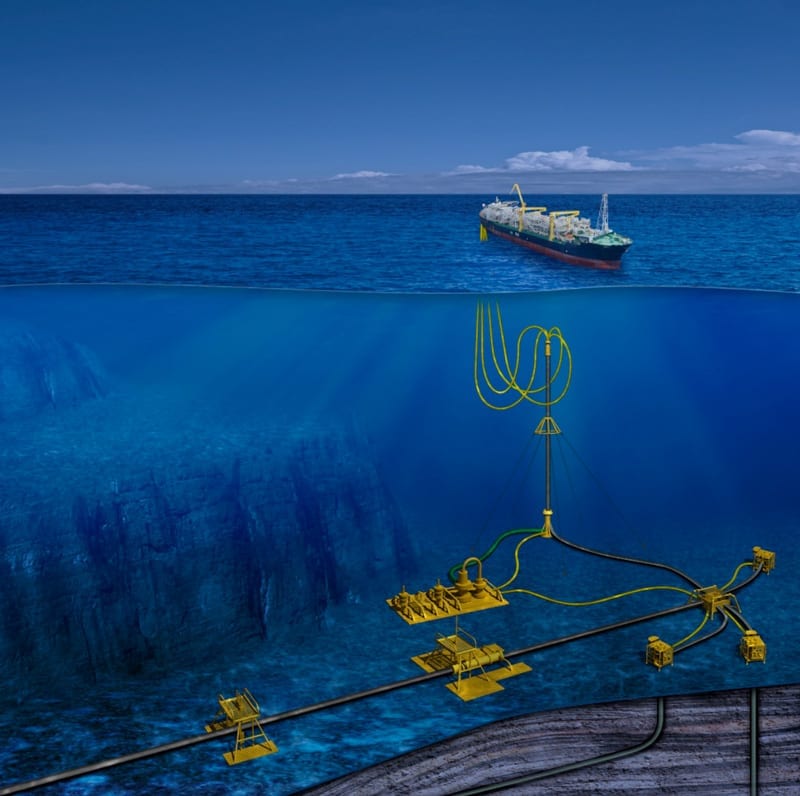
The Ocean Energy Investment Landscape: Opportunities and Challenges
Introduction
The ocean energy sector has gained significant attention in recent years due to its potential as a renewable and sustainable source of power. This article provides an overview of the ocean energy investment landscape, exploring the opportunities and challenges associated with investing in this emerging industry.
Historical Background
The development of ocean energy can be traced back to ancient times, with early civilizations using tidal mills and wave energy to power various activities. However, investment in ocean energy projects has gained momentum in recent decades. This section provides an overview of the evolution of investment in this sector, highlighting key milestones and advancements.
Key Concepts and Definitions
In order to understand the ocean energy investment landscape, it is important to define and explain the concept of ocean energy itself. This section provides a clear definition of ocean energy and explores its various forms, including tidal energy, wave energy, and offshore wind energy. Additionally, the section explains the investment landscape in the context of ocean energy, highlighting the different stakeholders and their roles.
Main Discussion Points
Overview of investment opportunities in ocean energy
Investing in ocean energy presents a range of opportunities for individuals and organizations. This subsection delves into the different types of ocean energy technologies and provides an analysis of the potential returns on investment. Furthermore, it evaluates the risk factors associated with ocean energy investments and explores strategies to mitigate these risks.
Challenges in investing in ocean energy projects:
While ocean energy offers promising investment opportunities, it also comes with its fair share of challenges. This subsection explores the regulatory barriers and permitting processes that investors may encounter when venturing into this sector. Additionally, it discusses the technological and operational challenges that can hinder the successful implementation of ocean energy projects. Furthermore, the financial and funding constraints associated with these projects are analyzed.
Environmental and social considerations in ocean energy investments:
Investing in ocean energy requires careful consideration of the potential environmental and social impacts. This subsection examines the potential impact of ocean energy projects on marine ecosystems and discusses the importance of community engagement and stakeholder involvement. It also evaluates the social acceptance and public perception of these investments, highlighting the need for effective communication and transparency.
Case Studies or Examples
Successful ocean energy investment project:
This case study presents a successful ocean energy investment project, providing an overview of the project and its outcomes. It analyzes the key factors that contributed to its success, such as effective project management, technological innovations, and supportive government policies.
Failed ocean energy investment project:
In contrast, this case study explores a failed ocean energy investment project, outlining the challenges faced and lessons learned. It highlights potential pitfalls to avoid, such as inadequate research and development, lack of stakeholder engagement, and financial mismanagement.
Current Trends or Developments
The ocean energy sector is constantly evolving, with advancements in technology and emerging investment trends. This subsection provides an overview of recent advancements in ocean energy technologies, such as floating offshore wind turbines and innovative wave energy converters. It also explores emerging investment trends and funding mechanisms, such as crowdfunding and public-private partnerships. Furthermore, noteworthy research findings in the field are discussed, shedding light on the latest developments.
Challenges or Controversies
Investing in ocean energy is not without its controversies and differing viewpoints. This section discusses the varying opinions on the viability of ocean energy investments, exploring arguments for and against this sector. Furthermore, concerns regarding the environmental and social impacts of ocean energy projects are examined. Additionally, potential controversies related to policy and regulation are analyzed, highlighting the need for comprehensive and adaptive frameworks.
Future Outlook
The future of ocean energy investments holds immense potential. This subsection speculates on the future growth and potential of the sector, taking into account technological advancements and emerging opportunities. It identifies upcoming technologies, such as underwater turbines and hybrid energy systems, that could revolutionize the industry. Additionally, potential strategies to overcome challenges and promote investment are explored, such as international collaboration and research and development initiatives.
Conclusion
In conclusion, the ocean energy investment landscape offers significant opportunities for investors, while also presenting a range of challenges. This article has provided an overview of the key concepts, historical background, and main discussion points related to investing in ocean energy. The significance of this topic and its potential impact on the renewable energy sector cannot be underestimated.
References
For further reading and research on the ocean energy investment landscape, the following areas and sources are suggested:
International Renewable Energy Agency (IRENA) reports and publications
Ocean Energy Europe (OEE) research and industry insights
Academic journals specializing in renewable energy and ocean engineering
Reports and case studies from reputable renewable energy organizations and governmental bodies.